Joseph Figoni: Le Grand Couturier de la Carrosserie Automobile
Catalogue Raisonné, Vol. 1: Alfa-Romeo
 by Peter M. Larsen and Ben Erickson
by Peter M. Larsen and Ben Erickson
“Figoni never was a large coachbuilding operation such as Kellner or Chapron. Where the former employed as many as 800 workers and artisans, and the latter approximately 300 at the height of their coachbuilding activities, it is a fair estimate that Figoni never employed more than a maximum of 30 to 40 people at any one time, and whereas the Kellner grounds and buildings could be regarded as a factory-type operation, the Figoni premises were correspondingly small.”
“Figoni never was a large coachbuilding operation”—true enough, and yet the team of Larsen/Erickson will devote years of labor to writing more pages about this one firm than any other, more than their previous books on Kellner and Saoutchik and the coachwork on Talbot-Lagos combined.
Let’s dwell on the title for a moment and make note of several things: Catalogue Raisonné tells you right away that this will be a methodical, systematic, comprehensive treatment. Volume 1 hints at more to come (quick clarification: this refers to other marques). And Alfa-Romeo—the hyphen is not a typo—is the clue that we’re talking about chassis assembled by/at the Italian automaker’s French subsidiary.

Just to get it out of the way: following this Alfa book there will be others, in this order, on Bugatti, Delage, Delahaye, Talbot, followed by a final catch-all tome on lower-volume makes (Amilcar to Voisin). Analytical folk will look at that marque order and wonder if it is coincidentally alphabetical or if there is a deeper meaning; there is—they are in decreasing order of volume of Figoni coachwork. And each volume will contain an “installment” of Joseph Herménégilde Louis Figoni’s biography as it relates to or overlaps with the respective marque. (Conveniently, Figoni had only one or two major clients at a time.)
Another thing to wonder about, because the book doesn’t spell it out, is why it is Figoni (1894–1973) that so captures Larsen’s attention—but let’s not look a gift horse in the mouth! But let’s do hope that this whole epic project will indeed see the light of day; Larsen isn’t getting any younger and the Bugatti volume alone (which will consist of three books/200,000 words!) was some three years in the making and is the most complex book he has done yet, not least because it required two rewrites when new source material became available. That kind of commitment to the cause of producing nothing less than the most definitive book achievable at the time of publication is what makes a Larsen/ Erickson book a high-level effort. The authors note in their Foreword, “As you can see, it is a big project. Thankfully, a lot of the work is already done. We hope you will stay with us.”

An example of period and contemporary photos of the same chassis.
Largely on the strength of pre-orders this Alfa book, the first one in the series, was already in limited supply before it ever went into circulation and in fact sold out before we could do a proper review so there seemed to be no point coming late to the party—but now, with the launch of the Bugatti book slated for Spring 2024, it seems silly to not have at least introduced the first volume. Besides, just because the publisher has sold out of the 600 numbered, autographed copies that were produced doesn’t mean it is no longer on the new-book market; check with reputable sources but be prepared for an upcharge.
Enthusiasts of vintage Alfa [-] Romeos will of course be familiar with the seminal books by Simon Moore, all still available from the publisher. His The Legendary 2.3 was published the year before this Figoni book (but the addendum, The 8C Story Continues, had not) and is not only referenced but singled out as the benchmark treatment of the technical side of the story that Larsen intentionally abbreviates here so as not to duplicate what is already in the record and because it is peripheral to the coachwork angle he pursues. He writes in an informal, almost intimate style that will exhaust the attention span of the Twitterati but delight anyone who appreciates a fully rounded thought.
Befitting the Catalogue Raisonné approach, the book is organized by type/model and then by chassis number. A primary source for this data is Figoni’s Production Book but the usual long list of caveats pertaining to the uniformity or consistency of the data recorded applies and is of course discussed here. (A postwar book is believed to exist but Larsen had no access to it.) The reader not fully fluent with currency conversions will have to look elsewhere for background on “buying power” to get a sense for “real” cost. Since the topic of the book is on cars assembled in France there is the added layer of different political and therefore economic parameters. The relationships among the various parties, whether on a personal, corporate or international level must have been complex, with France adhering to democracy while Italy descended further into fascism. Figoni’s friend and business associate, the engineer and racing driver Luigi Chinetti (1901–94) had dissociated himself from Italian politics so was not welcome there, and the status of the various Alfa Romeo companies in Italy and France was in a constant state of flux. The sense of a fin de siècle must have been a constant concern, as it often feels now.

Figoni body used for Le Mans 1932, ’33 and ’35.

The French racing driver Raymond Sommer (1906–50) commissioned Figoni to build bodies for the 8C 2300 he and Chinetti raced at Le Mans in 1932, replacing Zagato’s work with a very light design with Zapon fabric over a framework on Weymann principles, which severely truncated the four-seater specification the race required. They won, and this body competed three times, albeit on fresh chassis, Sommer driving to win in 1933 as well, this time teamed with Tazio Nuvolari (1892–1953). Figoni’s body on yet another chassis, was grafted behind its Zagato scuttle and driven by Sommer, but fuel blockages meant retirement after 69 laps.
Each chapter ends with notes; see above photo. A concise Figoni timeline is appended. He was born in the Parma Province of Italy on December 29, 1892 and with his parents emigrated to an area of Paris then known as “Little Italy” in 1906, but he was conscripted into Italian military service in 1913, which lasted until 1921. He set up his coachbuilding works in Paris in 1923, with a small workforce never exceeding 40, and took on renovation work of any type to remain afloat in addition to the bodies he designed. Today Figoni’s name is inextricably linked with that of Ovidio Falaschi (1894–1965) who arrived with enough capital to save the operation, and Société des Etablissements Figoni et Falaschi came into existence in 1935. The present book is hardly concerned with the increasingly flamboyant designs the partnership built on other marques, the purity of Figoni’s work on Alfa Romeo chassis remaining Larsen’s focus.
At the back of the book are spreadsheets showing production numbers, Figoni Alfas at the 24 Heures du Mans, and period concours appearances as well as a glossary of coachbuilding terminology. The high quality of the images is extraordinary, in many cases spreading right across the gutter, and as well as images of the cars as they exist now; the events with the people of so long ago fairly leap off the pages.
If you think this volume is long at over 430 pages, all the other ones will consist of two if not three books each! Start saving and making space on the bookshelves now. And here’s a thought to keep you engaged ’til then: Take another look at the photo at the top. Only the volume number is on the book spine but not the marque name, which is only on the side of the slipcase which you would not normally see when the book is shelved. If this is continued on the upcoming volumes, how will one tell which is which? It’s not as if Larsen hadn’t foreseen that himself (but he didn’t want to clutter up the spine) so it’ll be interesting to see how this is solved.
 Lastly an observation less about the book than the publisher, which in this case is the author himself: everything costs money. Larsen sprung for metallic-foil edges on three sides and a (slightly) rounded spine, once common features with a specific practical purpose but rare nowadays because it adds production steps which increases cost. He cares. You win.
Lastly an observation less about the book than the publisher, which in this case is the author himself: everything costs money. Larsen sprung for metallic-foil edges on three sides and a (slightly) rounded spine, once common features with a specific practical purpose but rare nowadays because it adds production steps which increases cost. He cares. You win.
Won the 2021 RAC Motorsport of the Year award in the “No Price Limit” category, and the 2022 Society of Automotive Historians’ Cugnot Award of Distinction.
Copyright 2024, Tom King/Sabu Advani (speedreaders.info).


 RSS Feed - Comments
RSS Feed - Comments





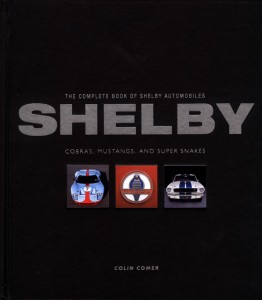


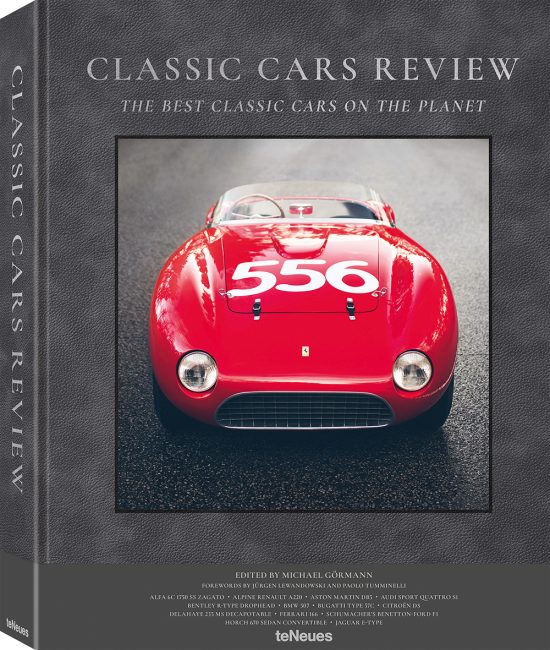












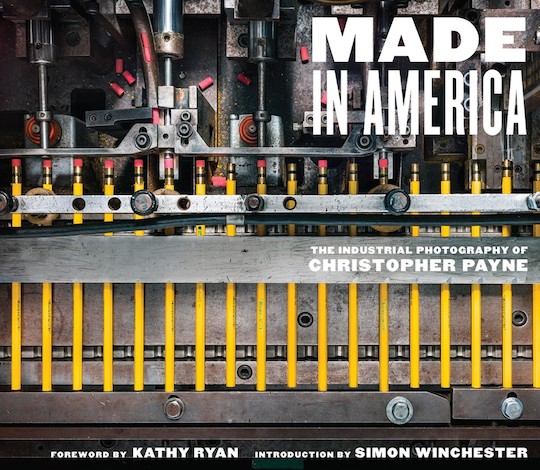









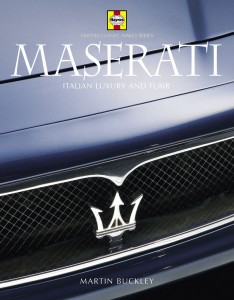
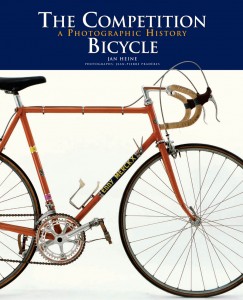







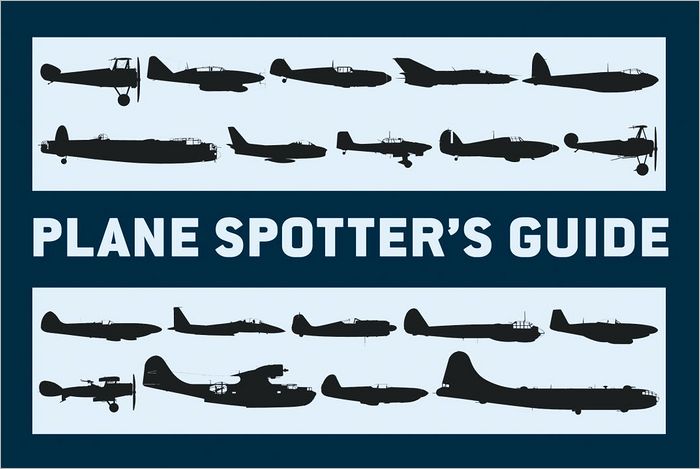






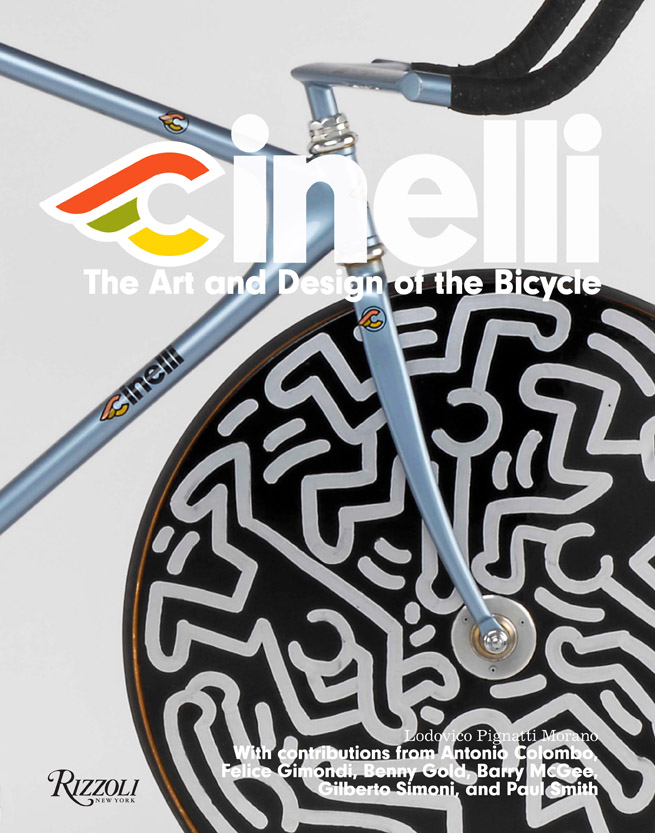




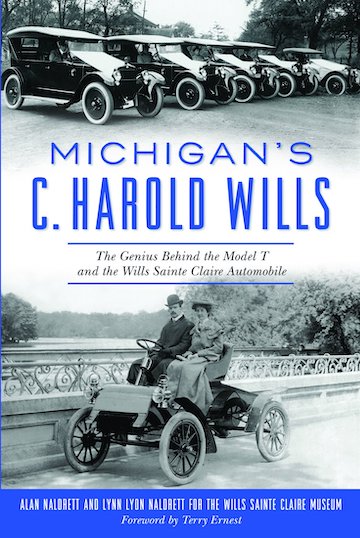








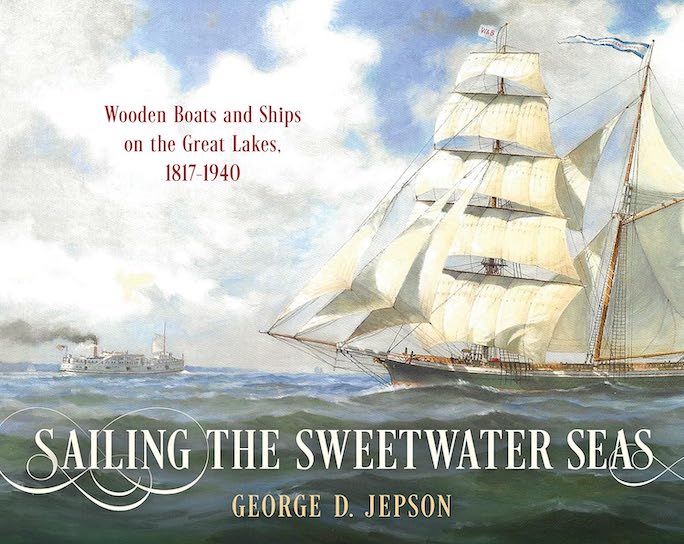








 Phone / Mail / Email
Phone / Mail / Email RSS Feed
RSS Feed Facebook
Facebook Twitter
Twitter